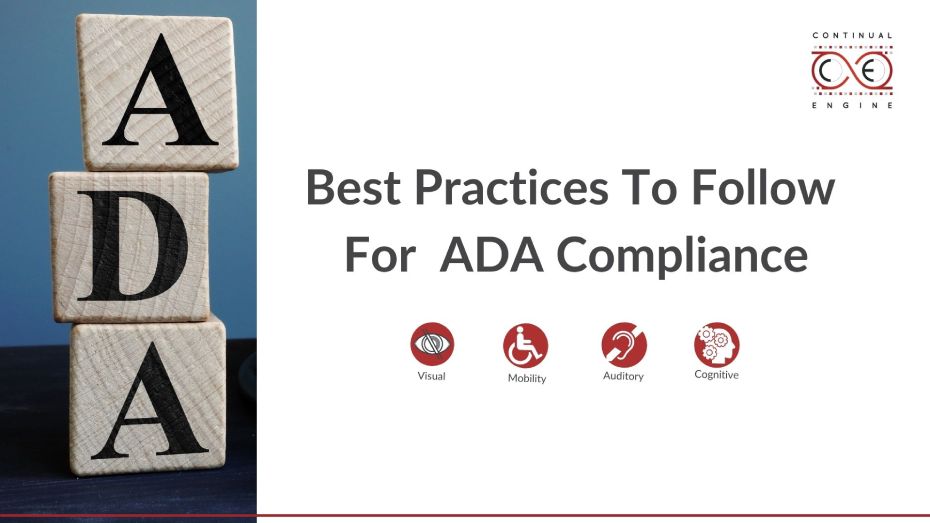Thus, when authoring digital documents or any form of digital content, we must ensure to engineer an accessible design that provides a barrier-free inclusive experience for all. ADA compliance ensures accessibility and safeguards businesses from any legal litigations or hassles that could arise due to non-compliance.
What Is ADA Compliance?
The Americans with Disabilities Act (ADA) Standards for Accessible Design states that all electronic and information technology (websites, digital documents) must be accessible to people with disabilities. ADA is a federal civil rights law that prohibits discrimination against people with disabilities in all aspects of public life.
In the digital world, ADA applies not just to web pages and forms, but also to any sort of digital content like video, images, audio, and all types of documents, including PDFs, DOCX, and PPTX.
The DoJ has specified that documents should mostly conform to WCAG 2.0 AA, which means they must be perceivable, operable, understandable, and robust.
ADA Compliance Checklist For Your Documents
Use Of Headings
Use Of Links
Alternate Text For Images
Images should have alternate text (or alt text) to help visually impaired readers understand the content and its context. Alt text should describe the image accurately and provide context for it. Screen readers announce an image and then read the alt text.
Decorative images may not need informative descriptions but may still need specific markup as artifacts to tell screen readers to skip them.
Images should not flash more than three times per second to avoid triggering epileptic seizures.
Identify Document Language
Screen readers can read several languages, hence the language of the document should be identified to enable the reader to understand which language profile to use.
Use Of Tables
Document Remediation For ADA Compliance
You can choose to markup your documents to meet accessibility requirements or hire a specialized service provider like Continual Engine. For document and PDF remediation solutions or services, write to us at contact@continualengine.com. Become ADA Compliant Today!
